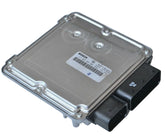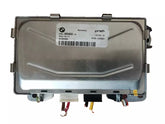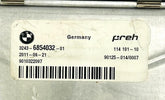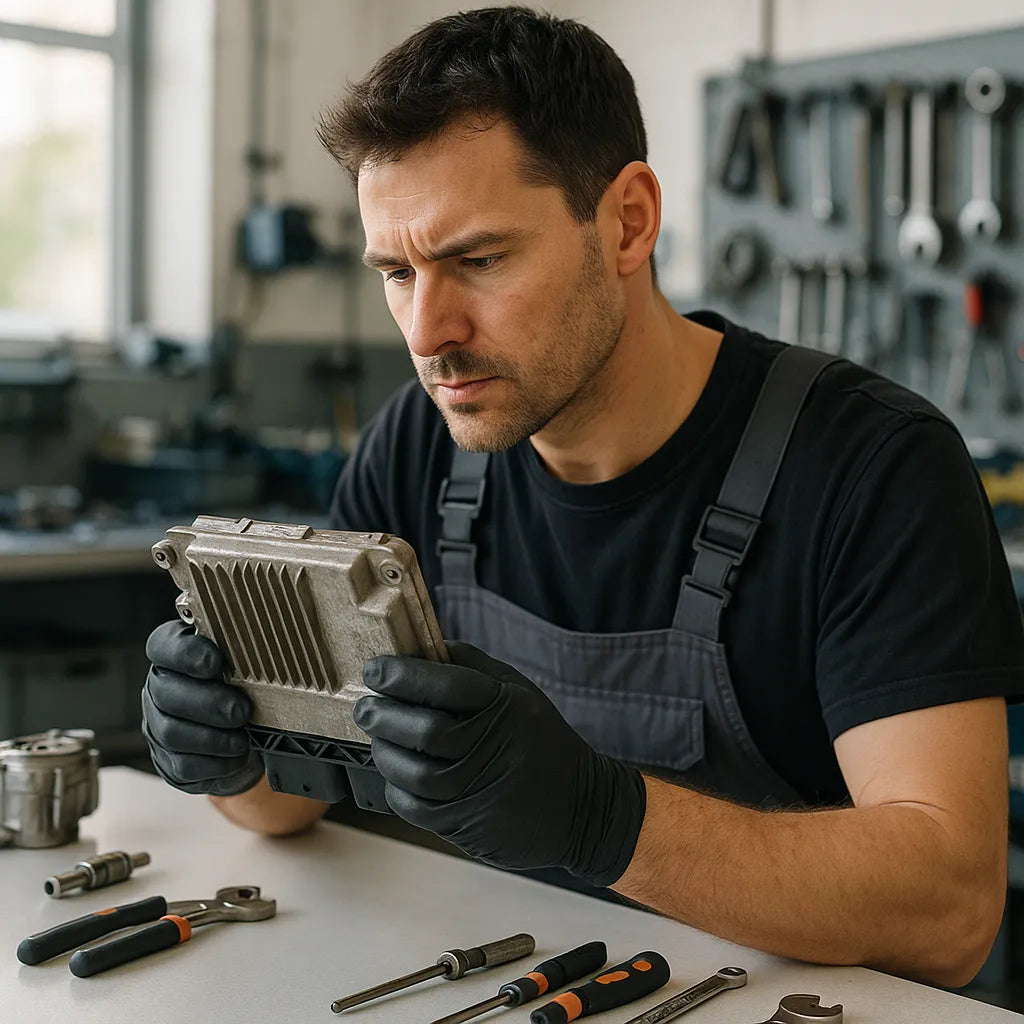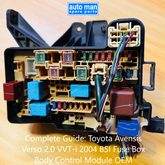Buying the best Second hand ECU can save money and restore vehicle life fast. This article shows where to buy, how to verify compatibility, and what warranty and programming steps to expect.
TL;DR / Key takeaways
-
Buying a second-hand ECU in the USA can save up to ~75% versus dealership prices while offering warranty options.
-
Verify compatibility with the OEM part number and VIN, and ask for bench-test reports before buying.
-
Expect shipping in same-day to 3–5 days; plan for programming costs ($80–$250 typical).
-
Top safeguards: VIN match, seller testing report, core buyback, and at least a 30-day warranty.
-
Next step: find your ECU part number or VIN, compare three sellers, and confirm programming needs.
Where can I buy the best second hand ECU in the USA?
Short answer: Buy from specialist refurbishers, salvage networks, reputable parts retailers, or marketplaces that list tested/refurbished ECUs. Sellers that provide VIN matching, documented bench tests, and clear warranty terms reduce risk.
Suggested vendors to check:
-
Specialty ECU refurbishers (search “used ECU refurbishers USA” with VIN match).
-
National salvage yards and recycler networks.
-
Reputable parts retailers like automanspareparts.com/collections/all for filtered listings and test notes.
-
Marketplace sellers that include returns and testing documentation.
How do I verify a used ECU will work with my car?
Short answer: Match part number and VIN, check hardware and software revisions, and confirm programming needs with the seller. If those align, most units can be relearned or flashed to your car.
Compatibility checklist:
-
Compare OEM part number and hardware version.
-
Confirm firmware revision when required for your model.
-
Ask if the ECU is plug-and-play or needs dealer-level coding.
What are the pros and cons of buying a second-hand ECU?
Short answer: You get major cost savings and faster access for discontinued parts, but face variable testing standards and potential programming hurdles.
Benefits
-
Big savings — up to ~75% less than dealer replacements.
-
Faster availability for out-of-production models.
-
Core buyback programs can lower net cost.
Risks
-
Compatibility or programming requirements may arise.
-
Warranty terms and refurbishment quality vary.
-
Potentially shorter life than brand-new units.
How much does a used ECU cost in 2025?
Short answer: Prices vary by make and model; expect modest to significant savings over OEM dealer costs.
Typical ranges (US, Aug 22, 2025):
-
Compact cars (older Honda, Toyota): $120–$450.
-
Mid-size sedans / SUVs (Ford, GM): $200–$700.
-
Luxury/European (BMW, Mercedes): $400–$1,200+.
-
Aftermarket/high-performance: $350–$1,500.
Note: Add programming/installation fees ($80–$250) and possible core return credits.
Do used ECUs come with warranties? What should I check?
Short answer: Many respected sellers include warranties ranging from 30 days to 2 years; read exclusions closely. Warranty coverage differs widely, so confirm shipping and exclusion terms.
Warranty checklist:
-
Is return shipping covered for warranty claims?
-
Does coverage include programming-related failures?
-
Are installation errors excluded?
-
Is a bench-test attached to the warranty?
Do I need a mechanic to install and program a used ECU?
Short answer: Professional installation is recommended for most modern ECUs due to immobilizer and coding needs. DIY is possible for older plug-and-play units when you have the right tools.
Who to choose:
-
Independent mechanics or ECU specialists handle reflashes affordably.
-
Dealers handle immobilizer sync but cost more.
Which used ECU brands are best for my make (Ford, Honda, BMW, Mercedes)?
Short answer: Look to salvage networks for domestic makes, specialist Honda/Toyota refurbishers for Asian brands, and tested remanufacturers for European cars. Specialty suppliers often test ISN/coding for BMW and Mercedes.
Step-by-step guide to buying and installing a used ECU
Short answer: Verify part number, buy from a tested seller, install safely, then program and test-drive.
Steps:
-
Verify ECU part number and request bench report before purchase.
-
Ship and install with battery disconnected and static precautions.
-
Reflash or relearn using dealer or aftermarket tool.
-
Test-drive, confirm systems, and return core per seller policy.
Frequently asked questions about second-hand ECUs
Are used ECUs reliable?
Yes, when sourced from reputable sellers offering bench-tests and warranties.
How much can I save with a used ECU?
Typically 40–75% less than dealer replacement costs.
Do used ECUs need programming?
Often yes; many require reflashing, coding, or immobilizer sync.
What warranty should I expect?
Commonly 30 days to 2 years; check exclusions and return shipping.
Can I return a used ECU after installation?
Depends on seller; many accept returns under warranty but exclude installation damage.
How do I confirm compatibility?
Match OEM part number and VIN, and confirm software revisions with seller.
Is it safe to buy ECUs from online marketplaces?
Yes if the seller provides documented testing, buyer protection, and clear return terms.
Will my dealer reprogram a used ECU?
Some dealers will, though independent shops usually charge less.
Summary
Buying the best Second hand ECU in the USA saves money and restores vehicle function quickly when you follow a VIN-based match, request bench-test reports, and confirm warranty and programming needs. Start by identifying your ECU part number, compare three reputable sellers, and use resources like automanspareparts.com/collections/all to check listings and test notes.


